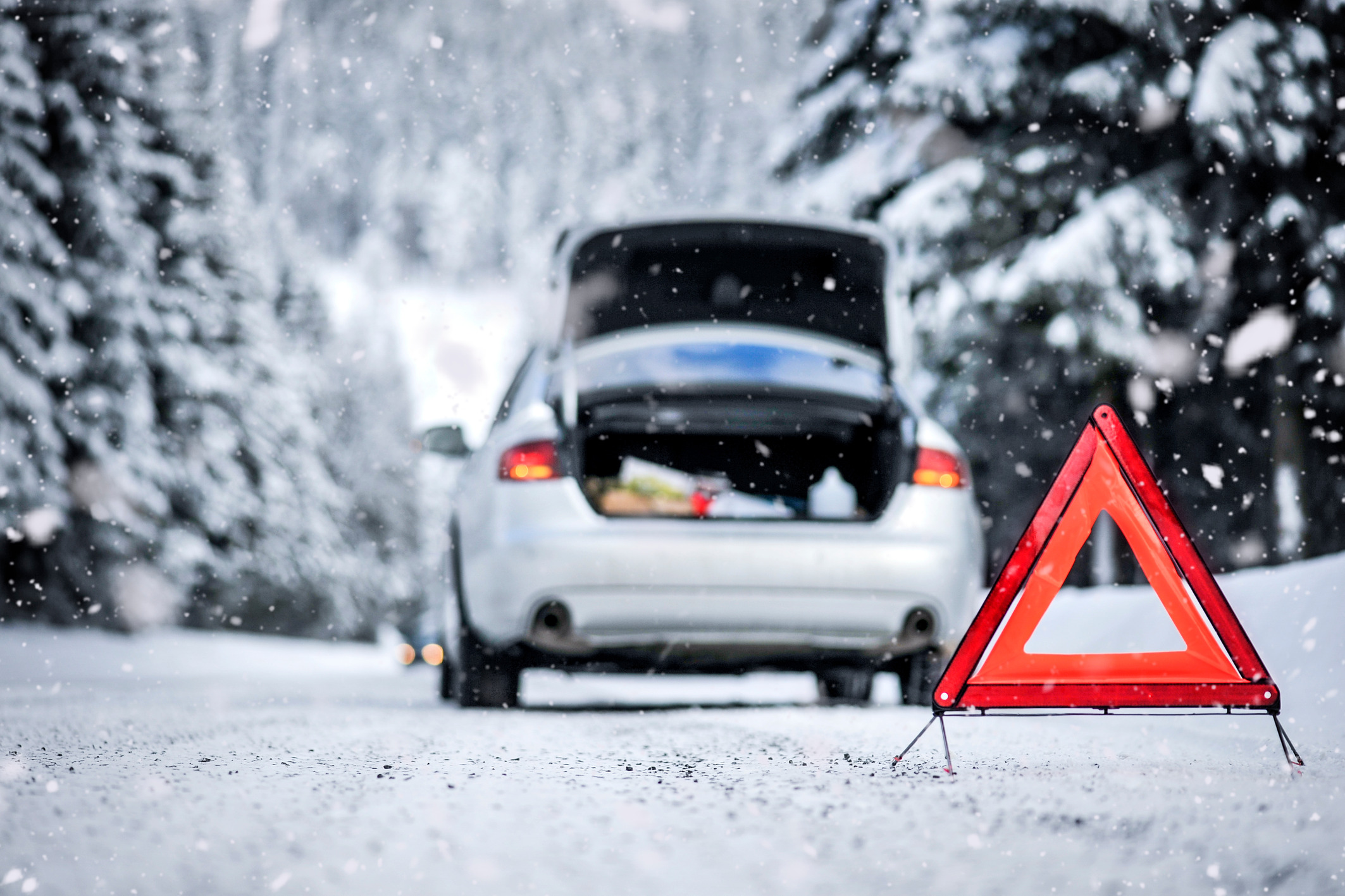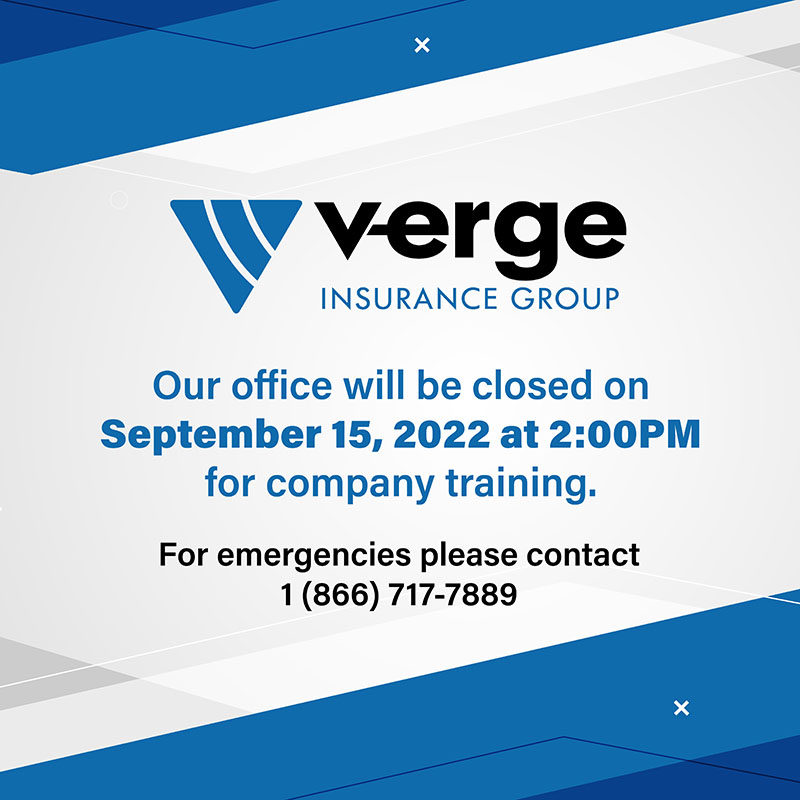Experiencing a roadside emergency can be a daunting experience, especially in colder weather. Being prepared helps make it a little easier. A well-stocked emergency kit for your car is crucial to ensuring your safety if you are ever stranded on the road.
Ready to get started? Check out these helpful tips on how to make an emergency kit for your car.
Know the Emergency basics
Roadside emergencies can range from a flat tire to a fender bender where you must wait for roadside assistance. Keeping a stocked kit can help you successfully manage many of these situations. Consider keeping the following items in your kit in case an emergency arises.
- First aid kit, including bandages, antibiotic ointment, hydrocortisone, aspirin or pain relievers, cold compress, scissors, thermometer and tweezers. If you or a family member has a specific medical condition, make sure to include any relevant items to aid in the case of a medical emergency.
- Blanket
- Drinking water
- Duct tape
- Fire extinguisher
- Flares/reflective material
- Flashlight
- Ice scraper
- Jumper cables
- Non-perishable food
- Phone charger
- Spare batteries
- Spare tire, wrench and jack
- Tool kit
Don’t forget to read your car’s instruction manual and know how to use the equipment in your kit before an emergency.
Understand your climate
The items above are important no matter where you live. Climate-specific resources, however, could also be useful in the event of an emergency. In cold-weather locations, for instance, consider including extra blankets, hand warmers and gloves. You might even add an additional ice scraper.
Know who to call in an Emergency
Many insurance carriers offer roadside assistance in the event of an emergency. Be sure to regularly review your insurance plan to know if these services are available to you. If not, consider an additional service, such as AAA, to call. Make sure you keep hard copies of these helpful phone numbers in your vehicle.
Be safe on the road
Whether you are taking an extended road trip or heading out on your daily business, make sure to maintain safe practices:
- If you have a vehicle emergency, pull off the road into the emergency lane and turn on your hazard lights. Put out flares or reflective gear from your kit.
- Keep a full gas tank.
- Install winter tires in cold climates.
- Plan long trips in advance, including stopping points, and be sure to check the weather.
- Be aware of the weather and its effects, including flooding and downed power lines.
- In the case of an accident or serious injury, dial 911.
Practice regular vehicle maintenance
Not all accidents or emergencies can be avoided. However, practicing regular maintenance on your car can help prevent many problems. Be sure to get regular oil changes, and have a mechanic check your battery, fluid levels, brakes, exhaust, heater, defroster, lights and windshield wipers.
While roadside emergencies can be scary, preparing for the unexpected can help make a tough situation a little easier.



